Integration of Advanced Technologies
The integration of advanced technologies such as artificial intelligence, augmented reality, and virtual reality is reshaping the Digital Educational Publishing Market. These technologies offer innovative ways to engage learners, making educational content more interactive and immersive. For instance, AI can personalize learning experiences by adapting content to individual student needs, while AR and VR can provide experiential learning opportunities that traditional methods cannot. The market for AR and VR in education is expected to grow significantly, with estimates suggesting it could reach 12.6 billion USD by 2025. This technological evolution not only enhances the learning experience but also drives demand for new digital educational resources, positioning the Digital Educational Publishing Market at the forefront of educational innovation.
Increased Adoption of E-Learning Platforms
The Digital Educational Publishing Market is experiencing a notable surge in the adoption of e-learning platforms. This trend is driven by educational institutions and corporate training programs seeking to enhance learning outcomes through digital means. According to recent data, the e-learning market is projected to reach a valuation of approximately 375 billion USD by 2026. This growth is indicative of a broader shift towards online education, where digital resources are becoming integral to curricula. The Digital Educational Publishing Market is thus positioned to benefit from this transition, as more educational content is required to support diverse learning environments. As institutions invest in technology, the demand for high-quality digital educational materials is likely to increase, further propelling the market forward.
Growing Demand for Mobile Learning Solutions
The Digital Educational Publishing Market is witnessing a growing demand for mobile learning solutions, as learners increasingly prefer accessing educational content on their mobile devices. This trend is fueled by the proliferation of smartphones and tablets, which facilitate learning anytime and anywhere. Recent statistics indicate that mobile learning is expected to account for over 50% of all online learning by 2025. As educational institutions and publishers recognize this shift, they are investing in mobile-friendly content and applications. This transition not only broadens the reach of educational materials but also enhances user engagement, thereby driving growth in the Digital Educational Publishing Market. The ability to deliver content in a mobile format is becoming a critical factor for success in this evolving landscape.
Increased Investment in Educational Technology
The Digital Educational Publishing Market is benefiting from increased investment in educational technology by both public and private sectors. Governments and educational institutions are recognizing the importance of technology in enhancing educational outcomes and are allocating substantial budgets towards digital resources. Recent reports indicate that spending on educational technology is expected to exceed 300 billion USD by 2025. This influx of funding is likely to drive innovation within the Digital Educational Publishing Market, as publishers develop new and improved digital materials to meet the evolving needs of educators and learners. The focus on technology integration in education not only enhances the quality of learning but also creates a competitive landscape for digital publishers, prompting them to continuously innovate and improve their offerings.
Focus on Lifelong Learning and Professional Development
The emphasis on lifelong learning and professional development is significantly influencing the Digital Educational Publishing Market. As the workforce evolves, individuals are increasingly seeking opportunities to upskill and reskill through accessible educational resources. This trend is reflected in the rising enrollment in online courses and certification programs, which are often delivered through digital platforms. The market for professional development in education is projected to grow, with estimates suggesting it could reach 50 billion USD by 2027. This shift underscores the importance of flexible, on-demand learning solutions that cater to adult learners. Consequently, the Digital Educational Publishing Market is likely to expand as it adapts to meet the needs of this diverse audience, providing relevant and timely educational content.


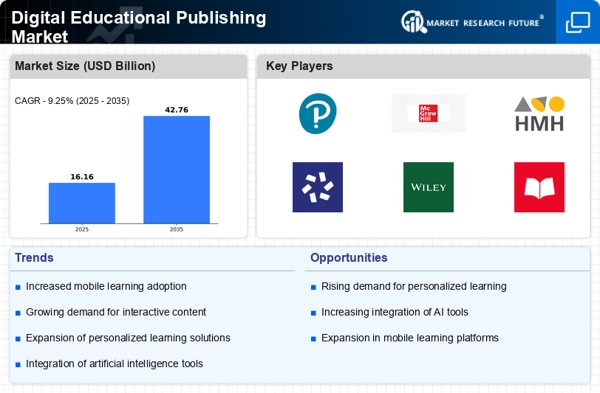
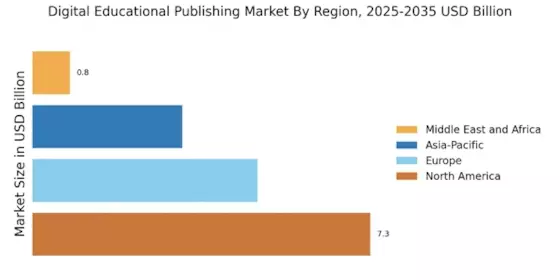
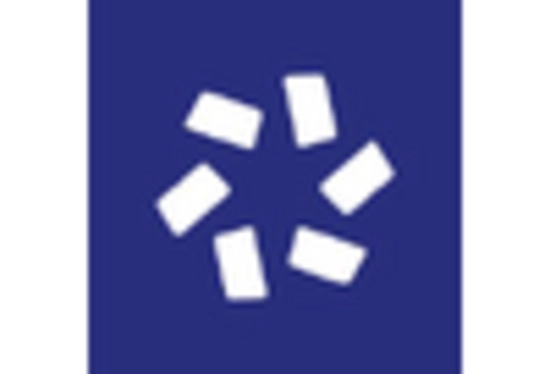
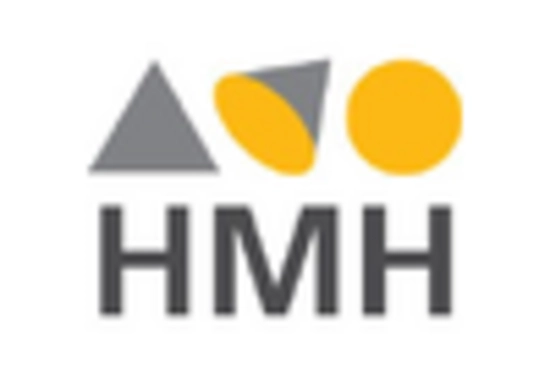

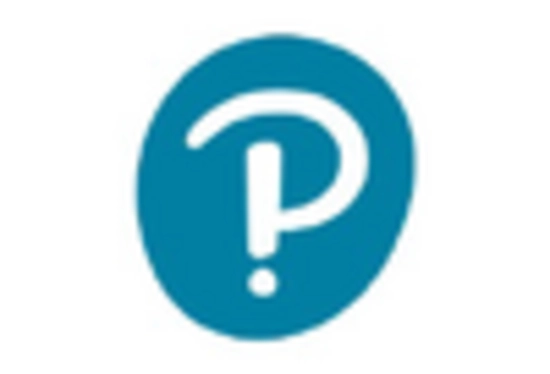
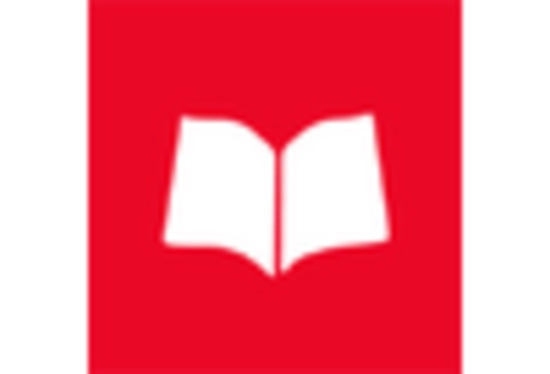









Leave a Comment